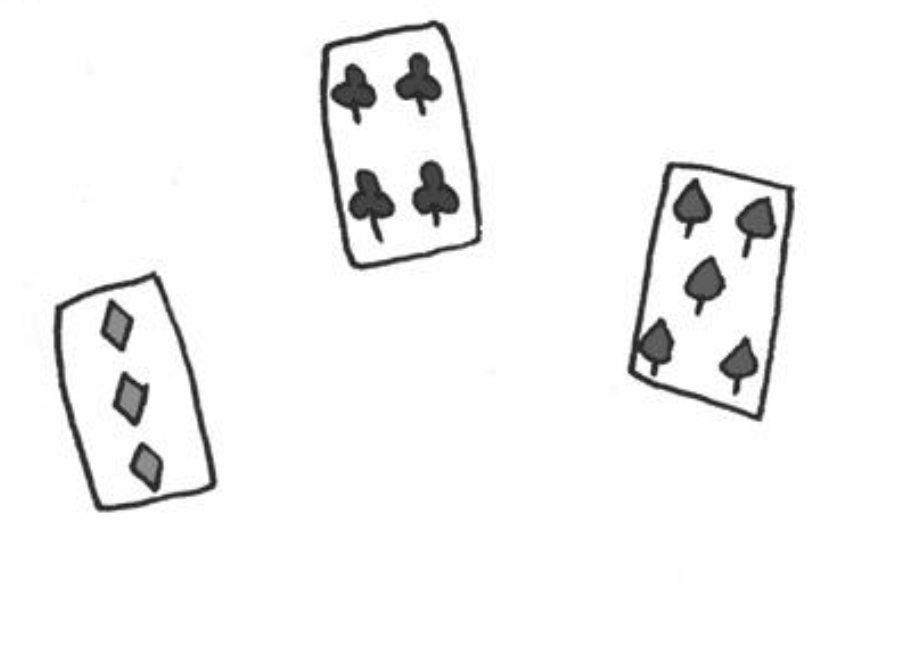
“Everybody has won, and all must have prizes.
- Lewis Carroll, Alice’s Adventures in Wonderland (1865)
Intersectionality: Overlapping Struggles, Interconnected Justice
“If you’re standing in the path of multiple forms of exclusion, you’re likely to get hit by both.” — Kimberlé Crenshaw (1989)
Intersectionality, first articulated by Kimberlé Crenshaw (1989), describes how overlapping systems of oppression—such as race, gender, class, sexuality, disability, and neurology—shape lived experience. It reminds us that neurodivergence does not exist in isolation: the challenges and exclusions neurodivergent people face are compounded by other identities and social locations.
For autistic and otherwise neurodivergent people, intersectionality exposes how stigma is amplified at the intersections of ableism, racism, sexism, classism, and queerphobia. It also opens pathways for solidarity: showing that our struggles are linked and our liberation bound together.
☆ Why Intersectionality Matters at Alice’s Wonderland
✩ Beyond Single-Issue Frames
Intersectionality resists the temptation to view neurodivergence only through one lens. It asks: whose stories are missing, and why?
✩ Exposing Compounded Exclusion
A Black autistic woman, for example, may face barriers that cannot be explained by racism or ableism alone, but only through their intersection.
✩ Justice as Interconnected
At Wonderland, we reject siloed thinking. Neurodivergent justice must connect with disability justice, racial justice, gender justice, and queer liberation.
☆ Theoretical Grounding
✩ Kimberlé Crenshaw (1989) — Demarginalizing the Intersection of Race and Sex
Coined “intersectionality,” highlighting how Black women are rendered invisible within both feminist and anti-racist frameworks.
✩ Patricia Hill Collins (2000) — Black Feminist Thought
Developed the idea of the “matrix of domination,” showing how power operates across interlocking systems.
✩ Monique Botha & Elizabeth Gillespie-Lynch (2022) — Come as You Are
Examines autistic identity through an intersectional lens, revealing how stigma and multiple marginalisations shape which narratives are heard or erased.
✩ Leah Lakshmi Piepzna-Samarasinha (2018) — Care Work
Explores how disability justice movements centre collective survival at intersections of race, class, gender, and disability.
☆ Wonderland and Intersectionality
At Alice’s Wonderland, we extend intersectionality through our own frameworks:
✩ Structural Empathy Failure
Shows how systems repeatedly fail to relate across differences, especially at multiple intersections.
✩ Narrative Disobedience
Resists imposed singular narratives that erase complexity. Intersectional storytelling honours lived realities in their full nuance.
✩ Neurokinship
Highlights belonging and solidarity across divergent lives, recognising that no identity or struggle exists in isolation.
✩ Narrative Ecosystem
Frames intersectional storytelling as part of a wider cultural web, where linked struggles build collective power.
☆ Toward Intersectional Futures
At Wonderland, intersectionality means designing spaces where no one has to leave part of themselves at the door. We imagine futures where belonging is not conditional, where justice is collective, and where difference is not divided but woven together.
➽ This entry is part of the Key Concepts series at Alice’s Wonderland, exploring the frameworks that shape how we think, connect, and create. If you’d like to contribute your own reflections or join the conversation, we’d love to hear from you.


